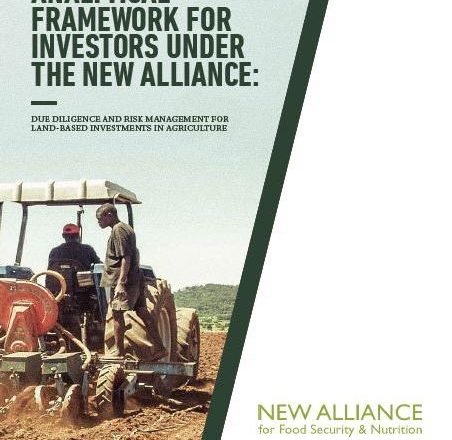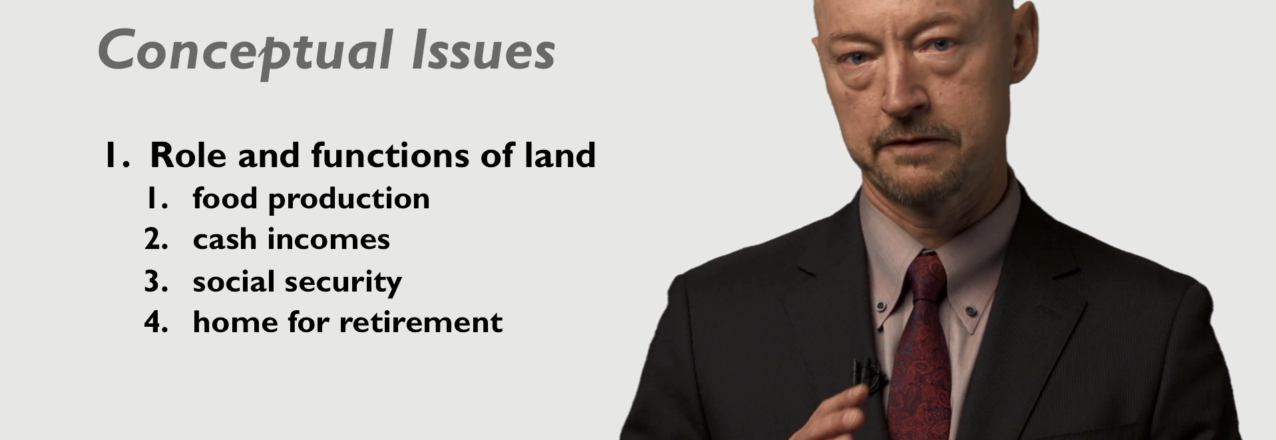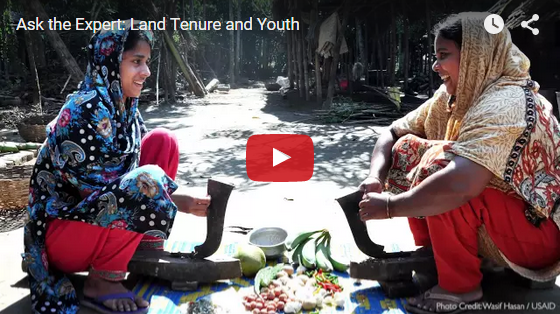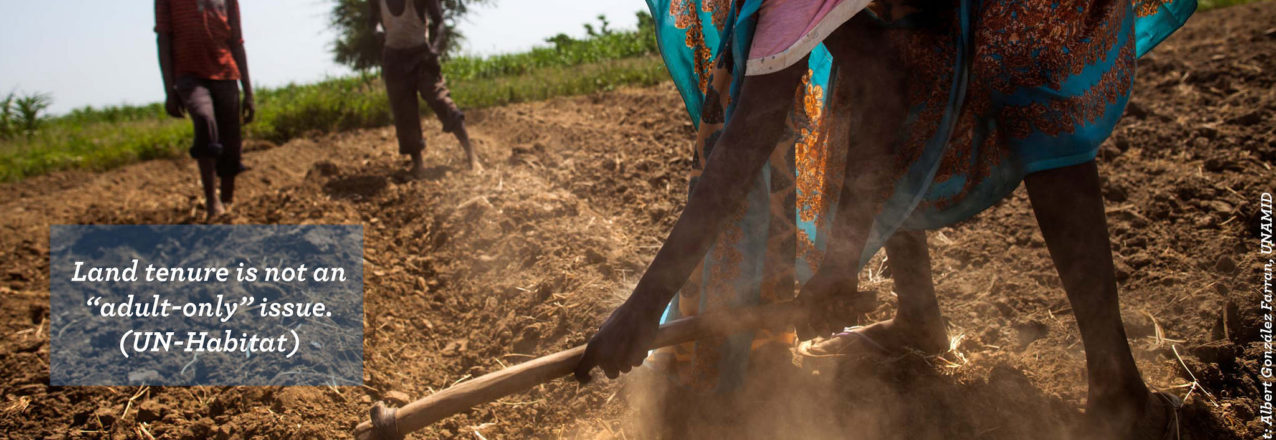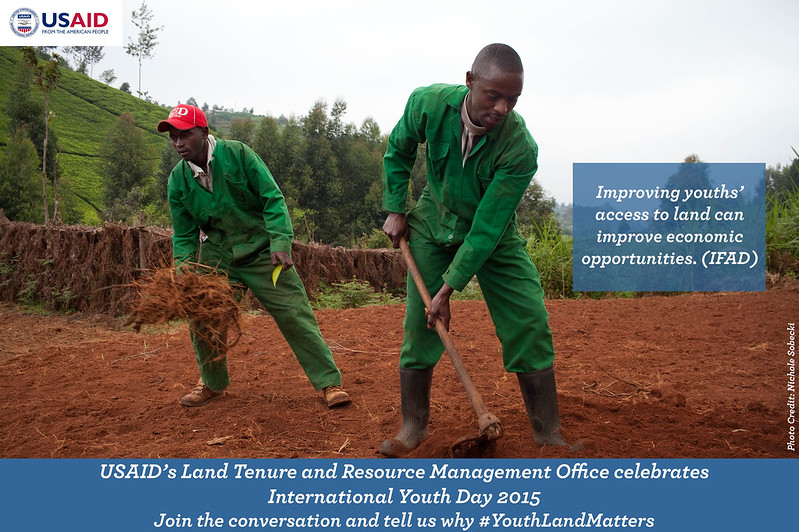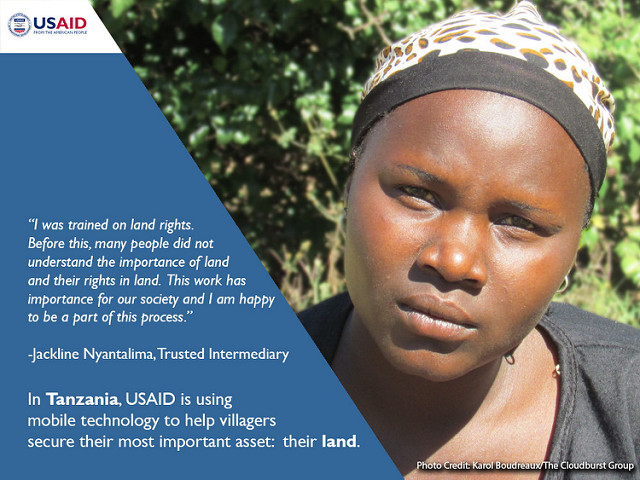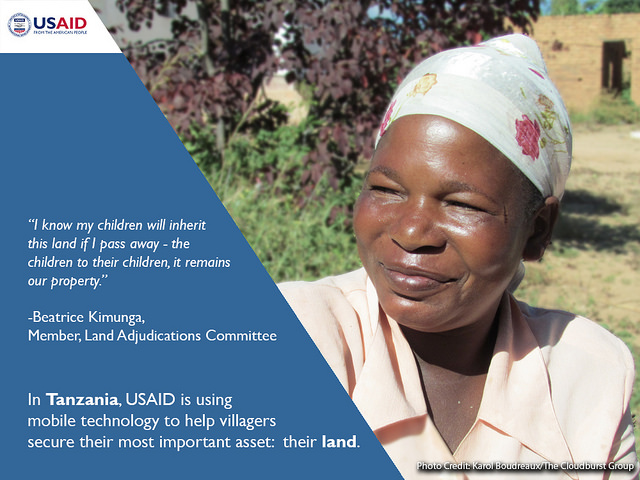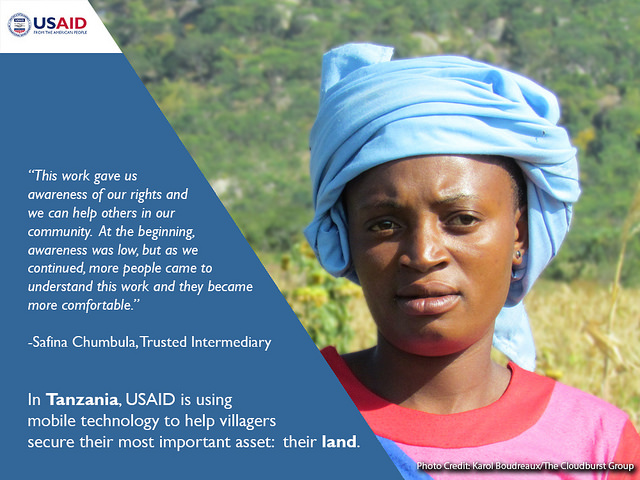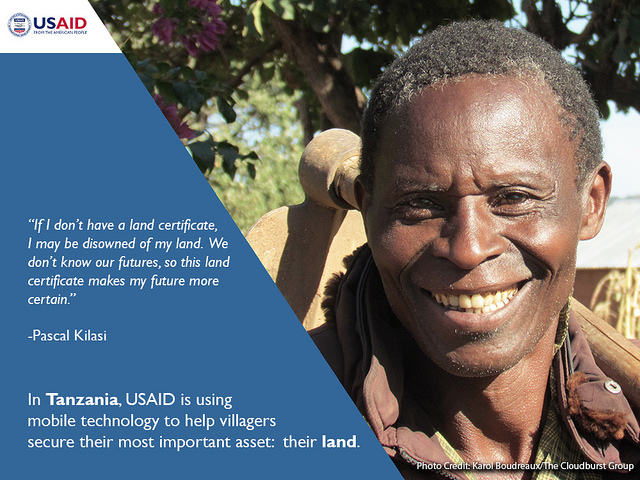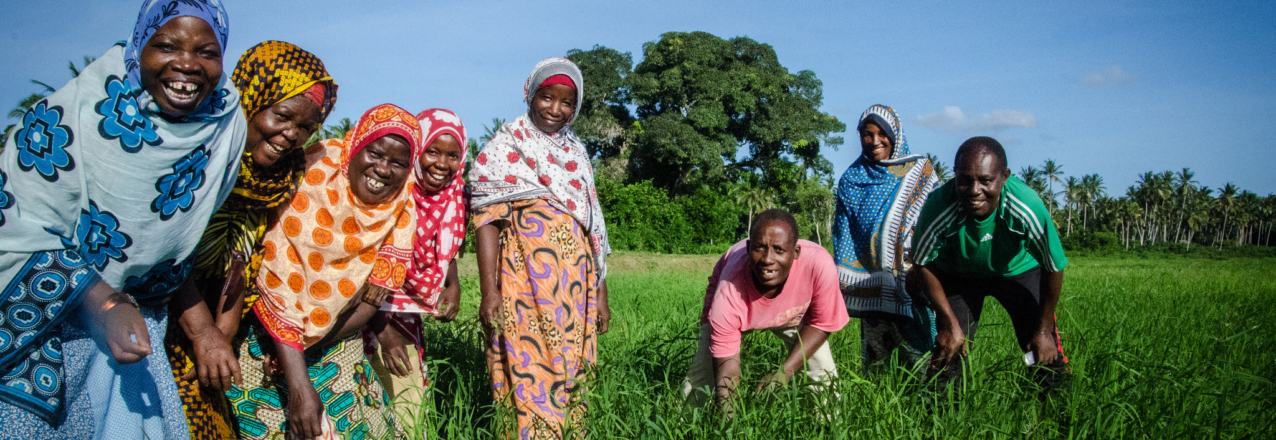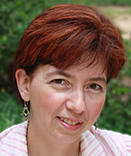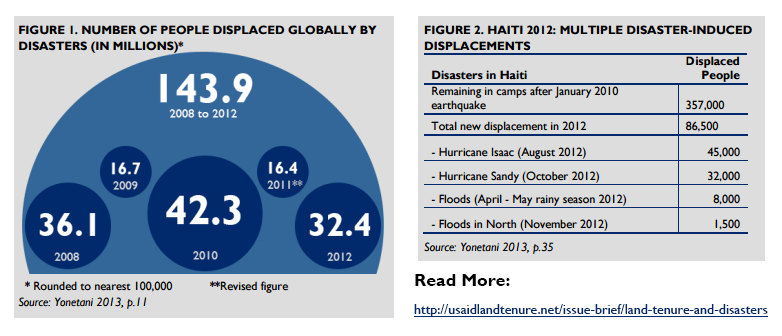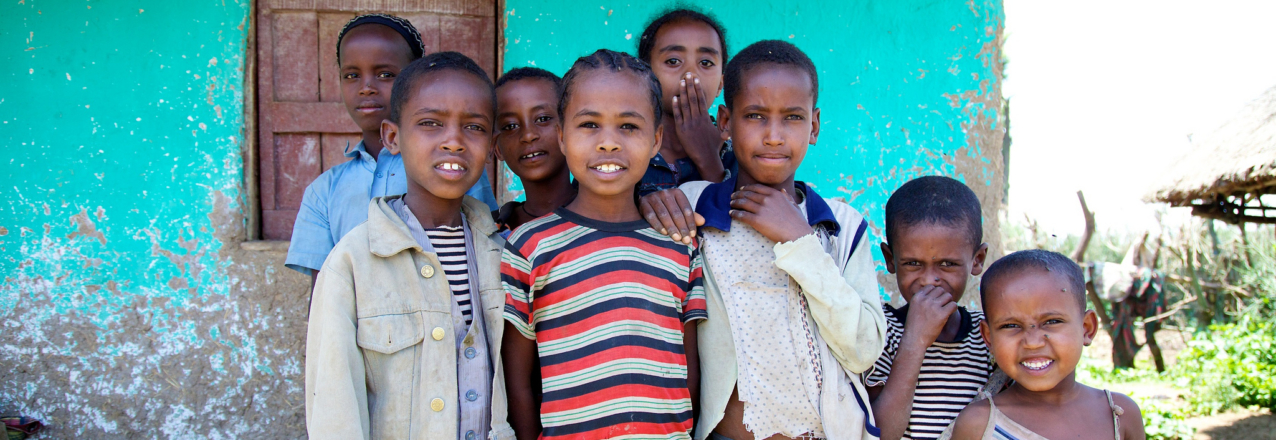
Each quarter we interview an expert whose work touches on aspects of land tenure and resource management. Read our first interview with Dr. Lauren Persha here. Our second interview is with Mr. Olaf Brugman, Team Leader Sustainability Policy & Dialogue, Rabobank. We asked Mr. Brugman five questions to get a deeper understanding of the trends and challenges in responsible land-based investment.
1) Mr. Brugman, tell us about yourself; what is your professional background?
In my professional career, I focus on how to make social entities function in a better way, be it organizations or businesses, at national level or inter-organizational level. I work at a cooperative bank as a manager in the area of sustainable development. This means that I work to make sure that my company, Rabobank, offers value to its clients, maintains a credible and legitimate position in society, avoids adverse impacts and offers inclusive business models.
2) In your professional life how are you involved with issues related to land rights and land tenure?
Rabobank has its roots and most of its focus on food and agribusiness. Our services include financial services for companies working in international agri-commodity chains, from “farm to fork” so to speak. We also provide international rural banking services in the United States, South America, Australia, New Zealand, Asia and Africa. So the supply chains we work within reach back to the farmers who work the land. Seventy percent of the world’s population lives and works in jurisdictions where land rights and land tenure are not adequately documented. This makes land rights and land tenure issues a part of reality in the operations of many of our business clients. I current lead the Rabobank Group Sustainability Policies & Reporting team and land governance is a prominent topic in our dialogues with stakeholders and clients. The issue also comes up in our financing policies. In addition, I serve as the Chair of the Round Table for Responsible Soy, and I work to ensure that land governance issues are addressed in our Voluntary Standards, which is the right and good thing to do. Agribusiness commodity producers can show that their products were produced under fair conditions in compliance with legal requirements by following these standards.
3) In your opinion, what are the key challenges that responsible investors face when they wish to acquire rights to use land in the developing world?
The key challenges are, in my view, respecting rights, proper due diligence and adequate stakeholder involvement as it relates to project-related financing for agribusiness. These investments are location-specific, which means you need to acquire in-depth knowledge of each potential location. When a company provides general corporate finance however, by definition it is not linked to a specific location and a known context. In these cases, financing providers really need to assess the general quality of governance that the recipient of financing applies to its operations. This means there may be several degrees of uncertainty with regard to governance risks. However, and more importantly, I believe that investors can differentiate themselves by being part of the solution and contribute to better functioning food and nutrition systems, even when operating under uncertainty and in an imperfect world.
4) How do the organization/s you are involved with deal with these challenges? What actions do you take to better ensure that you work collaboratively and effectively with local people who hold land and resource rights?
At Rabobank, we are providing financing and sharing knowledge in our client relationships and networks. As a cooperative bank, we know that you can achieve more together than by working alone. In the Round Table on Responsible Soy, which is a multi-stakeholder mechanism, different perspectives and interests are considered and built into decisions. We promote an inclusive business model that generates transparent and verifiable governance levels, which helps to mitigate risk by adopting this Voluntary Standard.
5) What are you most excited about when it comes to protecting the land rights of local people? For example, what new efforts/technologies/etc. do you think will support and encourage responsible land-based investing?
Technology will be an accelerator in improving land rights and land use information, and will add tremendous transparency. This will help to protect all those who hold rights. Furthermore, let’s not forget that the primary motive should be to raise standards of living, combat poverty and reduce malnutrition, in a way that can be self-sustained by a business model that supports better functioning businesses, communities and societies. Investments need to be channeled and applied “on the ground.” If our focus is only on improving due diligence, the systemic effect may be that investments do not happen or that specific regions or countries are avoided, and this will exclude many from the chance to improve conditions. But, if the focus is on improving conditions and better management of risks, it becomes apparent that one has to take acceptable risks and deal with uncertainty to realize positive investments and to create the chance to improve living standards. With improved living standards better educational and health opportunities, better business opportunities and social and economic stability. These are all social enablers, and without them operators and investors leave potential untapped, and that is not very sustainable.


